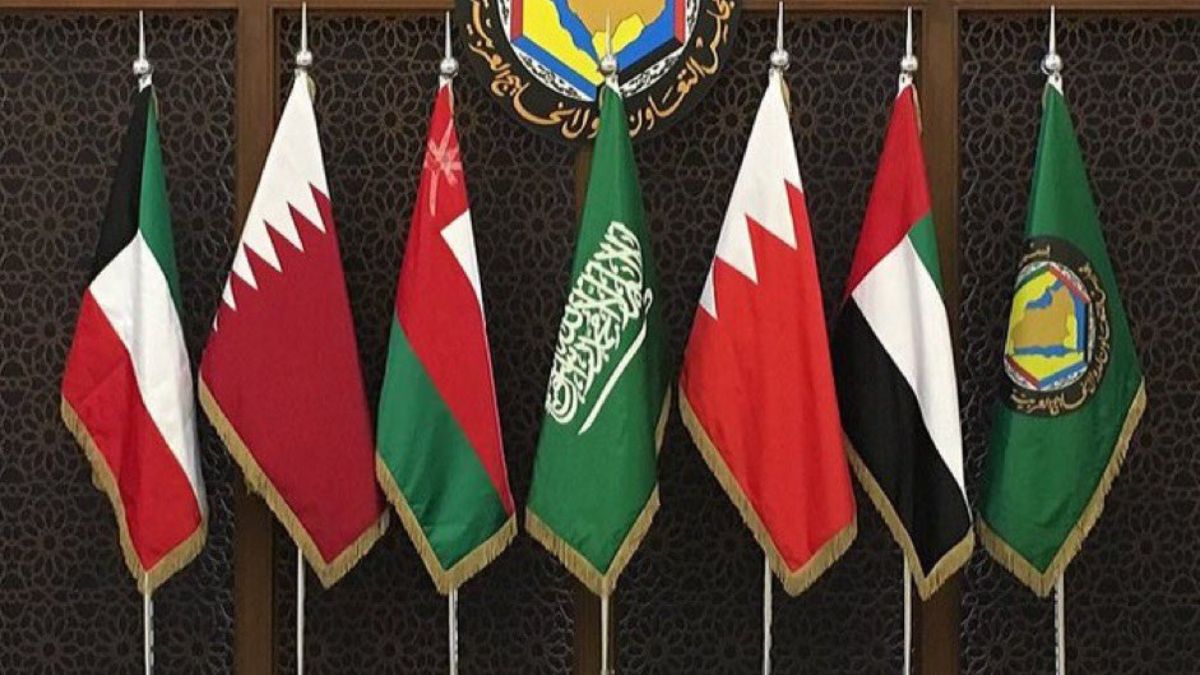One visa to visit all 6 Gulf countries. All you need to know about GCC Grand Tourist visa
 Representation | X
Representation | X
The GCC unified visa, which allows non-nationals to explore all six countries in the region without needing to obtain separate visas, will be launched soon, said GCC Secretary General Jassem Al Budaiwi. The visa was officially approved by the GCC countries in 2023 to increase tourism.
The 'Schengen-like' visa will enable tourists to move freely between the six GCC nations: Bahrain, Kuwait, Oman, Qatar, Saudi Arabia, and the UAE.
Al Bidaiwi said the visa will allow integration and cooperation, besides helping modernise the region’s travel infrastructure and stimulate economic growth through tourism. The exact launch date of the visa has not been confirmed yet, but it is likely to be rolled out this year.
Though the GCC countries are currently finalising the logistics and regulatory framework for the visa, some likely specifications of the visa include online application only and a likely validity of 30 to 90 days. Applicants might also have the option to choose between one country and six countries.
As of now, the GCC Grand Tours Visa is expected to be available only through online applications and not on arrival. However, the GCC might include options for visa-on-arrival in the future.
Though the necessary documents will depend on nationality, the necessary documents will include a valid passport, travel insurance covering medical needs, proof of funds, a return or onward travel ticket and proof of accommodation.
It is thought the visa will cover activities such as tourism and visiting family and friends, and not employment or business purposes.
One rolled down, the GCC Grand Tours Visa is expected to lower overall costs, especially incurred in getting six separate visas, besides less paperwork involved in the same. This visa will also allow travellers to visit more countries with fewer administrative difficulties.
For the GCC communities, this visa is likely to boost tourism and economic growth triggered by increased spending in local economies, job creation, and increased development in the hospitality and service sectors.
Middle East